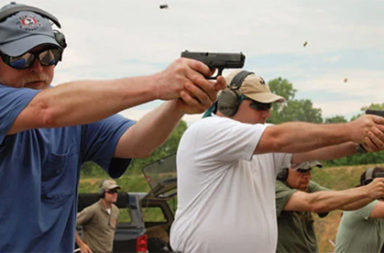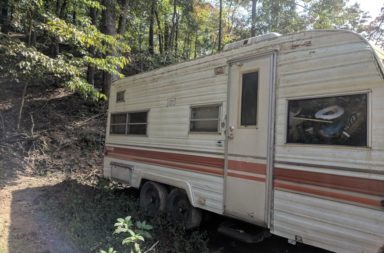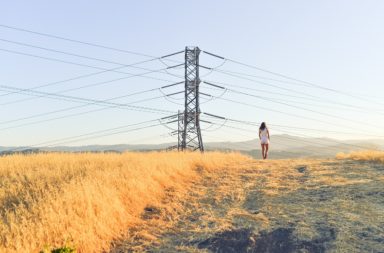Whether you are planning a trip to a prepared campground or are venturing out into the wilderness with your backpack, it is always important to know how to choose a good campsite to settle in for the night.
What makes a good campsite? There are a number of things to keep in mind when selecting the best campsites. In order to be comfortable, you should select a spot by looking at what is below you, above you, and in front of you, as well as what surrounds you and makes up your campground views.
Read on for more helpful tips concerning how to set up a campsite.
The Ground
When selecting a good camp spot, a flat ground will help when pitching your tent. In addition, the ground below your tent should be clear from sharp rocks, tree roots, or other items sticking out of the ground. The most comfortable and best campsites can be made on grass or sand.
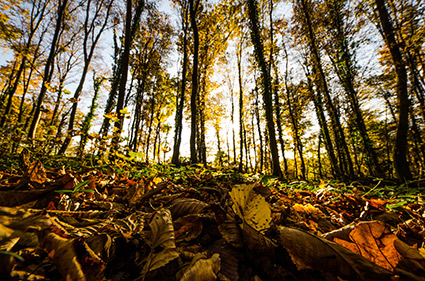
If needed and if time allows, small debris such as rocks or twigs could be cleared prior to setting up your tent, with special attention paid to any poison ivy lurking around. If this is not possible, an inflatable sleeping pad could help to make the ground more comfortable.
You should also keep an eye out for pests that could annoy your camping experience, such as ants or bees, which could have an unseen underground hive. Holes that are one-inch in diameter could be home to rodents or any number of other animals, such as spiders or snakes.
In addition, ground that has been compacted from years of use by previous campers should be avoided as this type of ground can cause flooding in the event of heavy rains. Good drainage is a requirement for a comfortable camp site. Do not select an area where water could create a stream or form a puddle under your tent.
Look Above You

This tip is for your own safety. It is not a good idea to camp underneath a dead tree branch that could fall on you during the night. In addition, steer clear of rockslide and avalanche paths, as well as rock ledges. Sleeping near any of these conditions could cause harm to you, or worse.
Look Around You
Take a look at your campground views. Select a spot that is close to water, but not necessarily directly next to it.
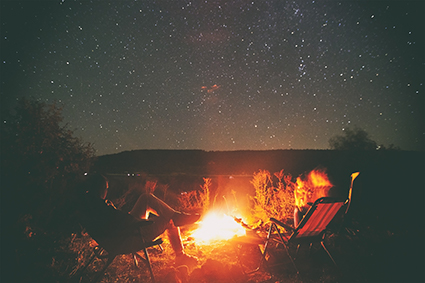
While you want to be close to keep from having to carry water for cooking a far distance, you also should be far enough away so that you are not dealing with bugs, thirsty animals, or floods. In general, keep about 200 feet away from any water source for these reasons, as well as to reduce the amount of condensation you experience inside your tent.
If you are expecting high winds, a large rock or grouping of trees could help to protect you from a windstorm which could not only be cold, it could knock over your shelter.
Consider shade when selecting a campground or mhw campsites. The canopy of your tent could deteriorate if left in direct sunlight for too long. In addition, it is not pleasant to be woken up by the steaming hot sun early in the morning, so morning shade is a good idea.
Note if your camp spot looks to have been used in the past by previous campers. If you are using a spot that has been previously enjoyed, your impact will be far less than if you are creating a new spot. This is important to keep in mind so that the wilderness is kept for future generations to enjoy. When considering how to set up a campsite, keep in mind any rare or sensitive vegetation that may be on the ground or nearby and try to avoid disturbing it.
Privacy
While you may enjoy some company, you may not want your neighbors to be right on top of you. Do not settle for the first spot you find if people are too close for your liking.
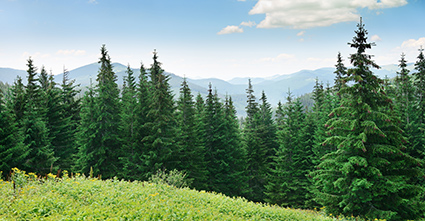
In addition, it is a good idea to avoid both human trails and animal trails. Not only for privacy, but also because animals may use both and you will want to stay away.
Having enough space for your needs is what makes a good campsite. While not much space is needed for a solo backpacking trip, you will want to make sure you have enough room to be comfortable if you are bringing lots of people and gear with you. In addition, keep in mind the activities you would like to do while camping and make sure you have the proper amount of space for them.
Rules and Regulations
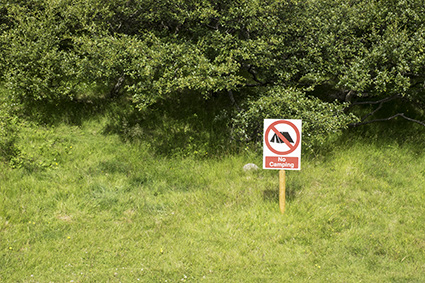
Before you head out, it is a good idea to check out any regulations that are in place. For example, national parks and forests, BLM land, state parks, and national monuments each have their own set of regulations in place. Knowing these rules beforehand will save you from receiving a ticket for setting a campfire in the wrong place, bringing along a pet that is not allowed, or accidentally crossing a park boundary.
In addition, popular campgrounds and mhw campsites may require that reservations be made prior to your arrival, so you may want to do a little research before your trip.
Other campsites
A good campsite for RV camping should take several things into consideration, including your budget, the size of your RV, how long you plan on staying, what you will want to do while camping, and what amenities you would like to have available.
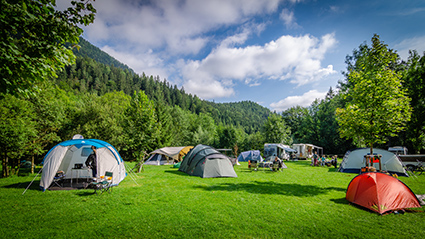
A number of free resources are available to help you in selecting a good campsite for RV camping.
Campendium is a website that allows the user to type any location in the US, offering a map and list of all spots that can support an RV in that area. GPS coordinates, wifi signal, photos of the area, and a link to the website are all provided.
Another website, Hip Camp, allows users to search through over 285,000 spots to park your RV in areas that are not typical campgrounds, including vineyards, ranches, farms, and public parks.
Tips for Selecting an RV spot
Make use of the filters when performing an online search. Be sure to include the length of your vehicle so you do not arrive at a spot only to find your RV does not fit.
It is a good idea to read the reviews and look at photos of the spot beforehand. Doing so will ensure you do not arrive only to be disappointed.
Making a reservation will also ensure that a spot is available for you when you arrive. While it is possible to find free spots in the parking lots of some businesses such as WalMart and Camping World, finding one only adds to what may have been an already long travel day. Save yourself the hassle and make a reservation beforehand.
